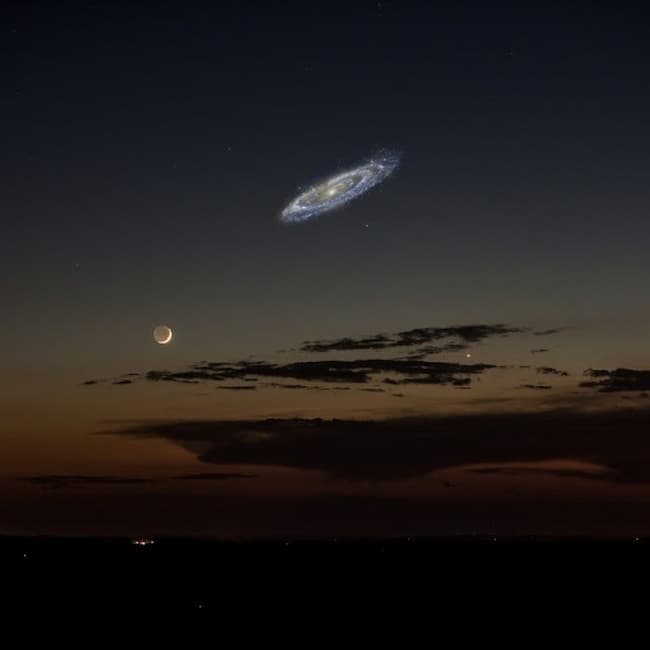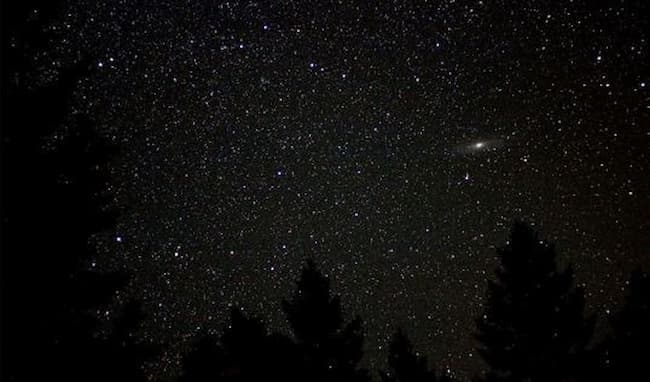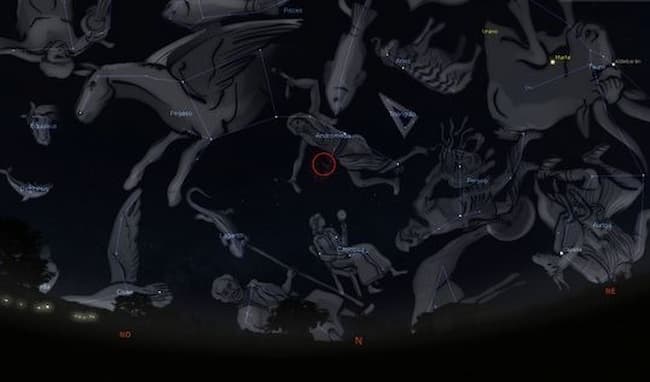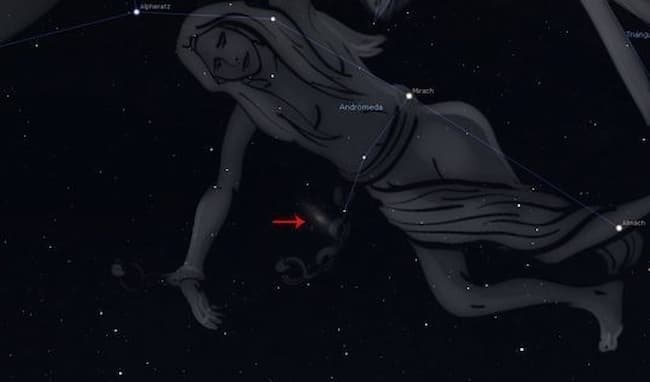Imagine standing beneath the night sky, gazing up at the vast expanse of stars. Among them, there is one celestial spectacle that captures the imagination like no other—the Andromeda galaxy. And now is the prime time to witness this

Our own Milky Way galaxy and its colossal neighbor, Andromeda (also known as Messier 31), are hurtling toward each other at an astonishing speed of 113 kilometers per second, drawn closer by the irresistible force of gravity. While their collision is projected to occur in a mind-boggling 4.5 billion years, the merging of their outer layers has already commenced.

But here on Earth, we have a front-row seat to this cosmic dance. From mid-August to November, Andromeda graces the night sky in both hemispheres. Despite being located a staggering 2.5 million light-years away, Andromeda spans an area equivalent to half the width of a full moon—an impressive quarter of a degree, according to NASA.

However, capturing a glimpse of this distant beauty requires more than just a clear sky. To witness Andromeda’s diffuse glow, you need the absence of lunar brightness and minimal light pollution. Thus, the best time to observe it is during nights near the new moon phase. In August, this opportune period falls in the last week of the month (from August 24 to 31). Seeking a location with minimal light pollution, such as the outskirts of cities or rural areas, will further enhance the experience.
So, how can you locate Andromeda amidst the vastness of the night sky? Look toward the northeastern horizon around midnight in Peru and other southern hemisphere countries, while those in the northern hemisphere, such as Mexico and Spain, can spot it earlier. Andromeda resides next to the eponymous Andromeda constellation, roughly aligned with the character’s “belt.” The Pegasus constellation, characterized by a quadrilateral of stars, can serve as a guiding signpost to locate the galaxy.

For the ultimate viewing experience, set your sights on Andromeda between 2:00 am and 3:00 am when it reaches its highest point in the northern sky. Though it may appear as a small cloud to the naked eye, with binoculars, the grandeur of this neighboring galaxy becomes vividly clear.
Andromeda boasts an apparent magnitude of 3.5, making it more conspicuous than most visible stars (with magnitudes ranging from 4 to 6), but not as striking as naked-eye planets (with magnitudes from 1 to less than 0). Consequently, seasoned astronomers recommend allowing your eyes to adjust to the darkness of the sky before embarking on the search for Andromeda or any other deep space wonder.
As you stand beneath the celestial canopy, ponder the incredible journey of light spanning millions of years, carrying the captivating image of Andromeda to your eyes. The collision of our galaxies may be a distant future, but for now, revel in the opportunity to witness this astronomical marvel firsthand. Let the vastness of the cosmos fill you with awe and inspire your imagination as you embark on a celestial adventure, exploring the beauty and mysteries that await in the depths of space.

